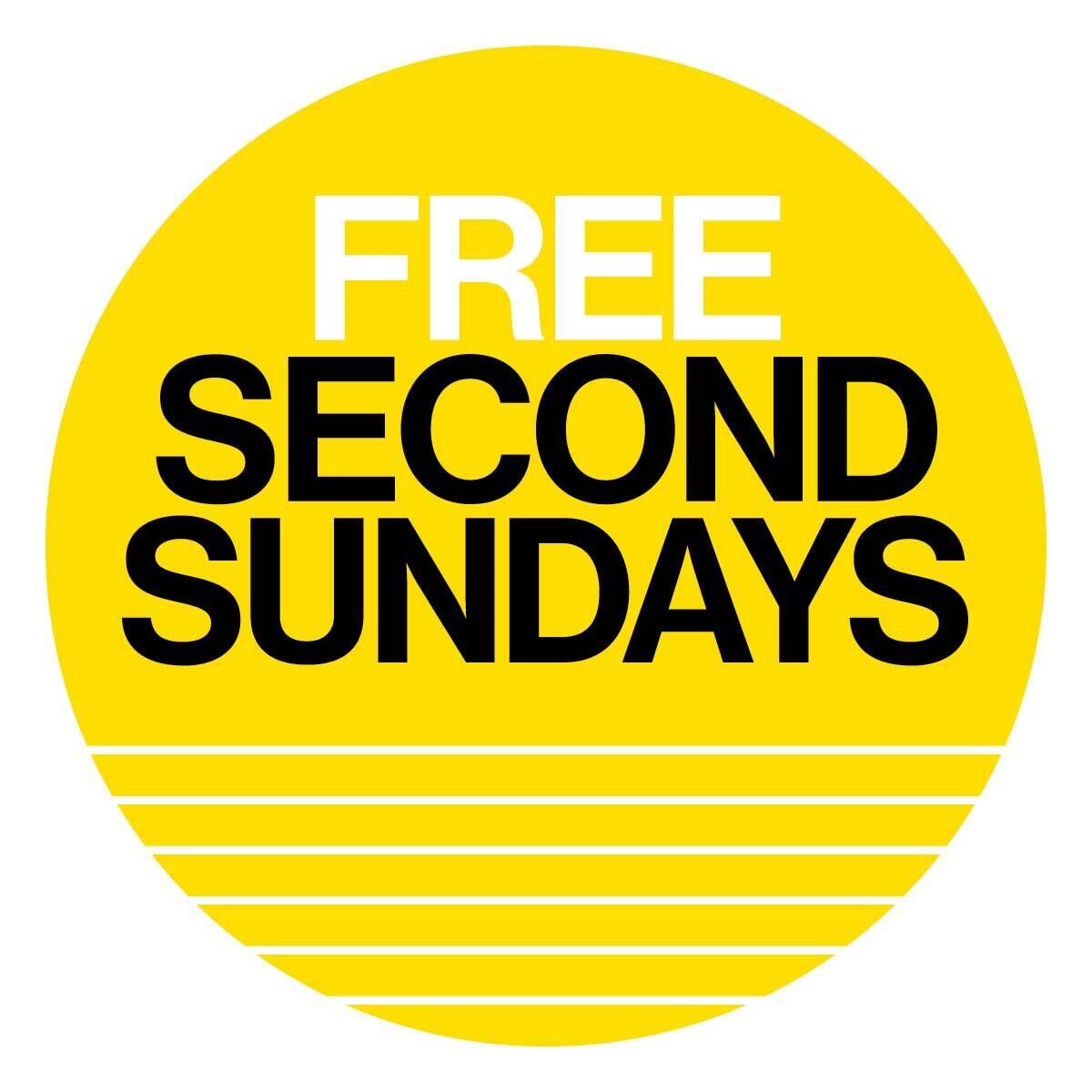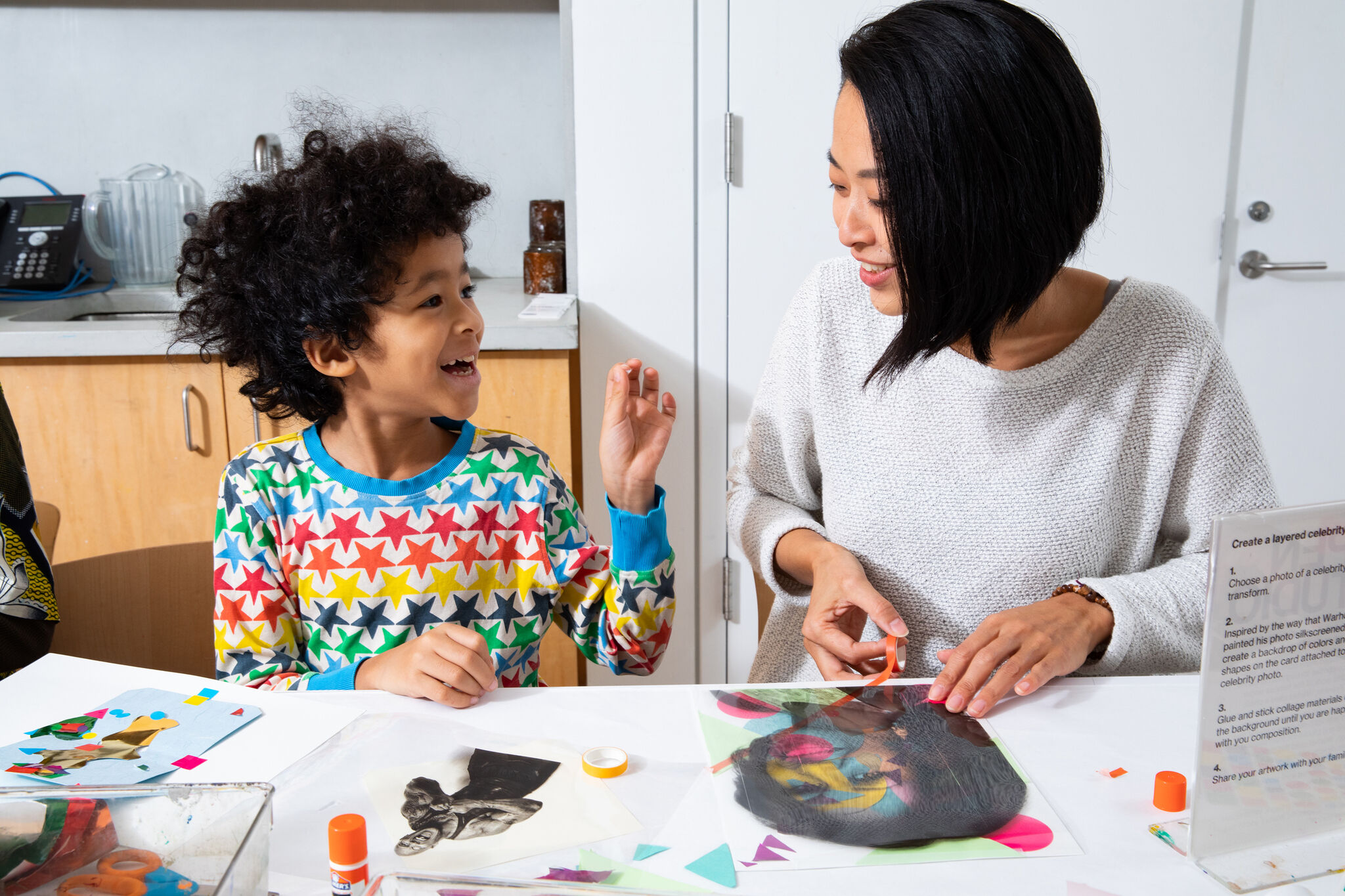Whitney Community Circus Mural
Sun, Nov 9, 2025
11 am–3 pm
This event has passed.
See more events like this.
Become a member today!
Join now to enjoy early access to exhibitions and events, unlimited free admission, guest privileges, and more.
Join nowThe Hearst Artspace and the Seminar Room are equipped with induction hearing loops and infrared assistive listening systems. Accessible seating is also available.
Learn more about access services and programs.
Floor 3, Artspace
Open to all ages
Artists of all ages are invited to contribute to a large-scale circus mural in the Whitney’s Artspace! Help fill the big top by adding your own drawings of performers, animals, props, and audience members. Throughout the day, the mural will evolve into a colorful, ever-changing performance. Come draw on the walls with us and watch the Whitney Community Circus grow and transform!
Calder grew up at the end of the golden age of the American circus. After seeing the circus live, Calder was filled with inspiration. In 1926, Calder began constructing his miniature multi-act circus while living in Paris, using everyday materials you might find around the house or at a hardware store—wire, fabric, cork, wood, string, and found objects—to create a cast of acrobats, animals, and other circus performers including clowns, a sword swallower, and a ringmaster. The figures were brought to life through performances that Calder staged for audiences of artists and friends. Calder would manipulate the figures with his hands and add sound effects with his own voice. These dynamic performances were set to music, complete with lighting, and could last up to two hours—representing a radical new form of performance art. Calder stored the Circus in a set of five suitcases and would travel back and forth across the Atlantic Ocean with his Circus all packed up and ready to go.
Calder’s Circus shows his early fascination with movement, form, and suspense. Through his performances of the Circus, Calder honed the techniques that would shape his sculptures, including his groundbreaking invention of the mobile.




